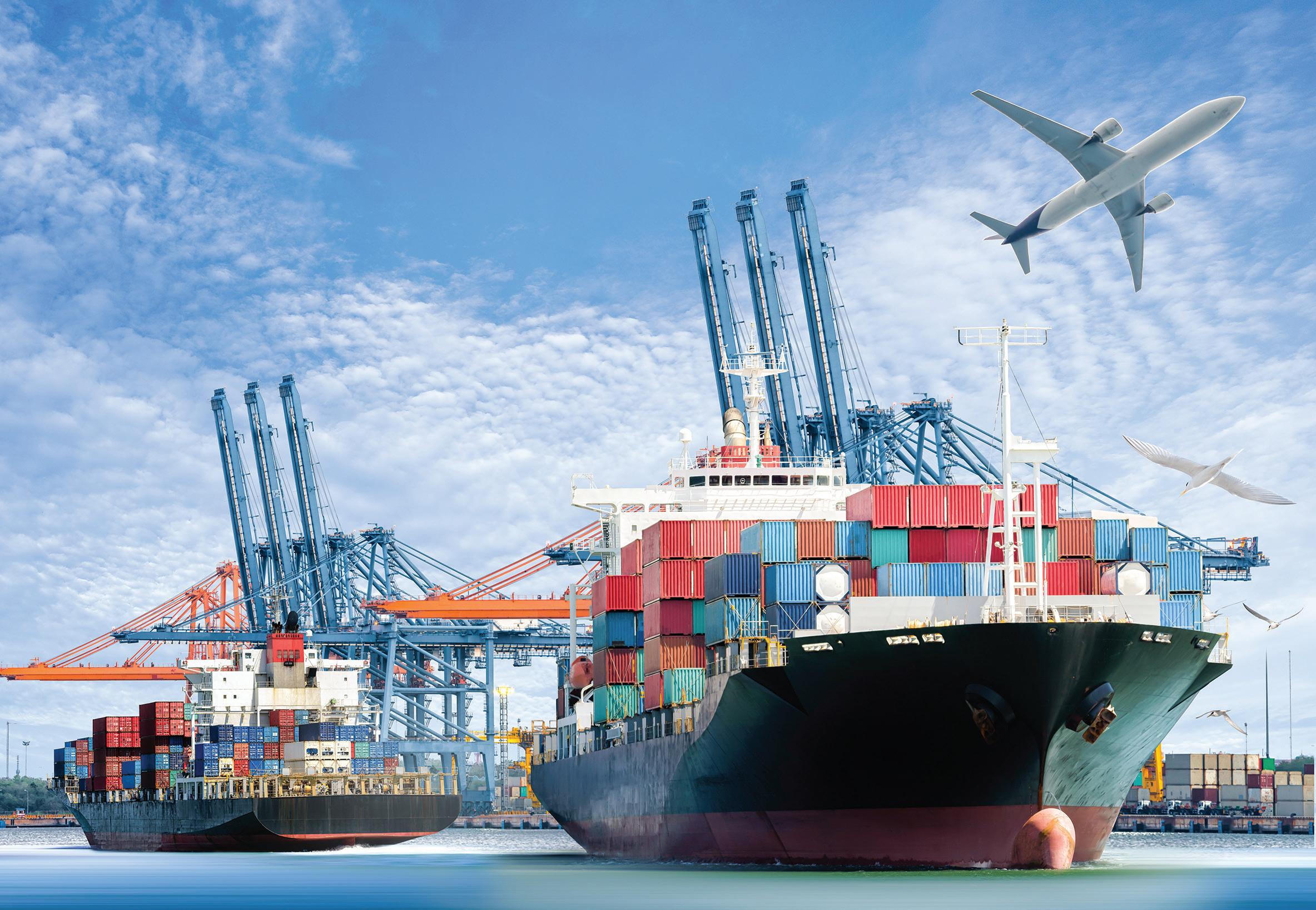ACTIVITY UPDATE
Photo courtesy of Port of Alaska
Port of Alaska, Anchorage
The Port [of Alaska] has a number of activities underway as part of a multi-year, multi-million-dollar investment strategy that will see critical upgrades to infrastructure, ultimately improving operational efficiency... Port experienced a 15-per cent increase in cargo/container volume. This can be attributed to the increase in spending power from the recent distribution of U.S. stimulus funds, whereas local businesses, shops and stores are ordering more to keep up with demand. With the increase of containerized volume, the container yard has reached its capacity and excess empties are being stored off site. The challenge with that is the ability to get the empties back to port and loaded onto outgoing ships. Our preliminary forecasts indicate that the volume will level off by the end of the year but given the situation with COVID-19 and how it is affecting the global market and supply chains, there’s just no way to predict. For the coming year, the Port’s priorities remain the same — namely, keeping the port infrastructure, shipping and supply chains open. American Samoa is an island 2,500 miles from Hawaii and does not have the luxury of interstate rail or roadways to deliver goods and services. We are reliant on the maritime system to provide fuel and most of our food. While there are currently no reported disruptions to U.S. West Coast ports, or south and eastbound international ports — on which American 36 — PACIFIC PORTS — August 2020
Samoa relies for its supply chain we will continue to monitor the marine sector and adapt to changing conditions as quickly as possible.
Port of Alaska
Aside from the loss of the 2020 cruise season, Port Director Steve Ribuffo reported that it has been “business as usual” for the Port of Alaska. “We’ll lose 14 port calls and approximately $250,000 in revenue,” he said. “It’s not a game changer given our very diverse business model, and while it stings, it hasn’t been crippling.” Indeed, Ribuffo noted that there have been no adverse impacts for both the cargo and liquid bulk sectors supported by the Port, including three general cargo terminals, two petroleum terminals, a dry barge landing, bulk cement-handling, gantry cranes and Roll-on/Roll-off capability. The Port has a number of activities underway as part of a multi-year, multimillion-dollar investment strategy that will see critical upgrades to infrastructure, ultimately improving operational efficiency, accommodating modern shipping operations as well as building in greater resiliency and optimization of facilities to keep up with changing economic and market needs. Project
benefits include increased capacity; new ship-to-shore cranes to allow for larger container vessel visits; greater seismic resilience, and improved post seismic event operational capability; and a 75-year design life to reduce current maintenance requirements In November 2019, the Port was successful in securing a $25-million grant from the U.S. Department of Transportation’s Better Utilizing Investment to Leverage Development (BUILD) Program and another $20 million provided as part of the DOT’s Infrastructure Development Program. The funds will help complete the $214-million petroleum and cement terminal project now under construction. “The Petroleum/Cement Terminal construction is proceeding nicely,” said Ribuffo. “Because the contractor (Pacific Pile & Marine) is from the Seattle area, there was a late start while they satisfied both Washington State and Alaska COVID-19 travel protocols, but that’s been behind us now and construction is progressing unimpeded. Most of the trestle and platform piles are in place; and the precast trestle and platform sections will be on their way to us by barge shortly.” He added that the platform and trestle structures will be completed by the end of this season and, by next summer, the fendering will be added along with the fuel and cement offloading infrastructure. He expects the project will finish on time by the end of the 2021 construction season.
Port of Columbia County
Attributing the minimal impact of COVID-19 on operations to the diversity of tenants and activities, Executive Director Doug Hayes was pleased to report that business at the Port of Columbia County was strong. “We’ve been doing well enough that we’ve actually hired a few new staff and, in late June, our Commissioners voted to set our tax rate to zero for the coming year for residents and businesses within the port district,” he said, adding that the Port’s multi-year growth trend continues. Starting first with a review of the Scappoose Industrial Airpark,













